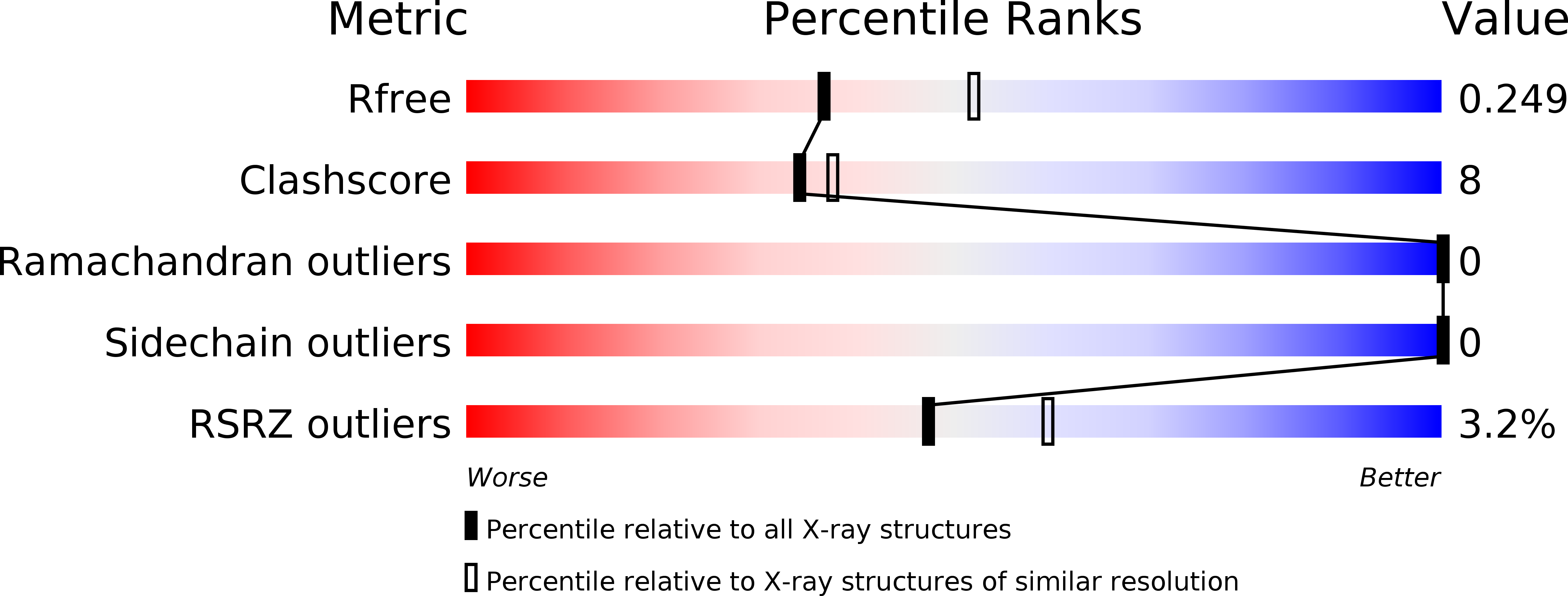
Deposition Date
2011-11-02
Release Date
2012-05-16
Last Version Date
2024-11-06
Method Details:
Experimental Method:
Resolution:
2.35 Å
R-Value Free:
0.25
R-Value Work:
0.21
R-Value Observed:
0.21
Space Group:
P 1 21 1


